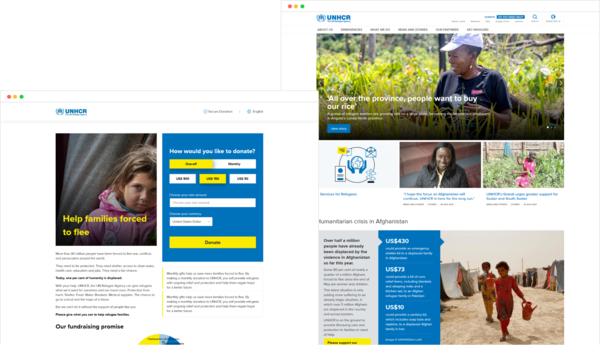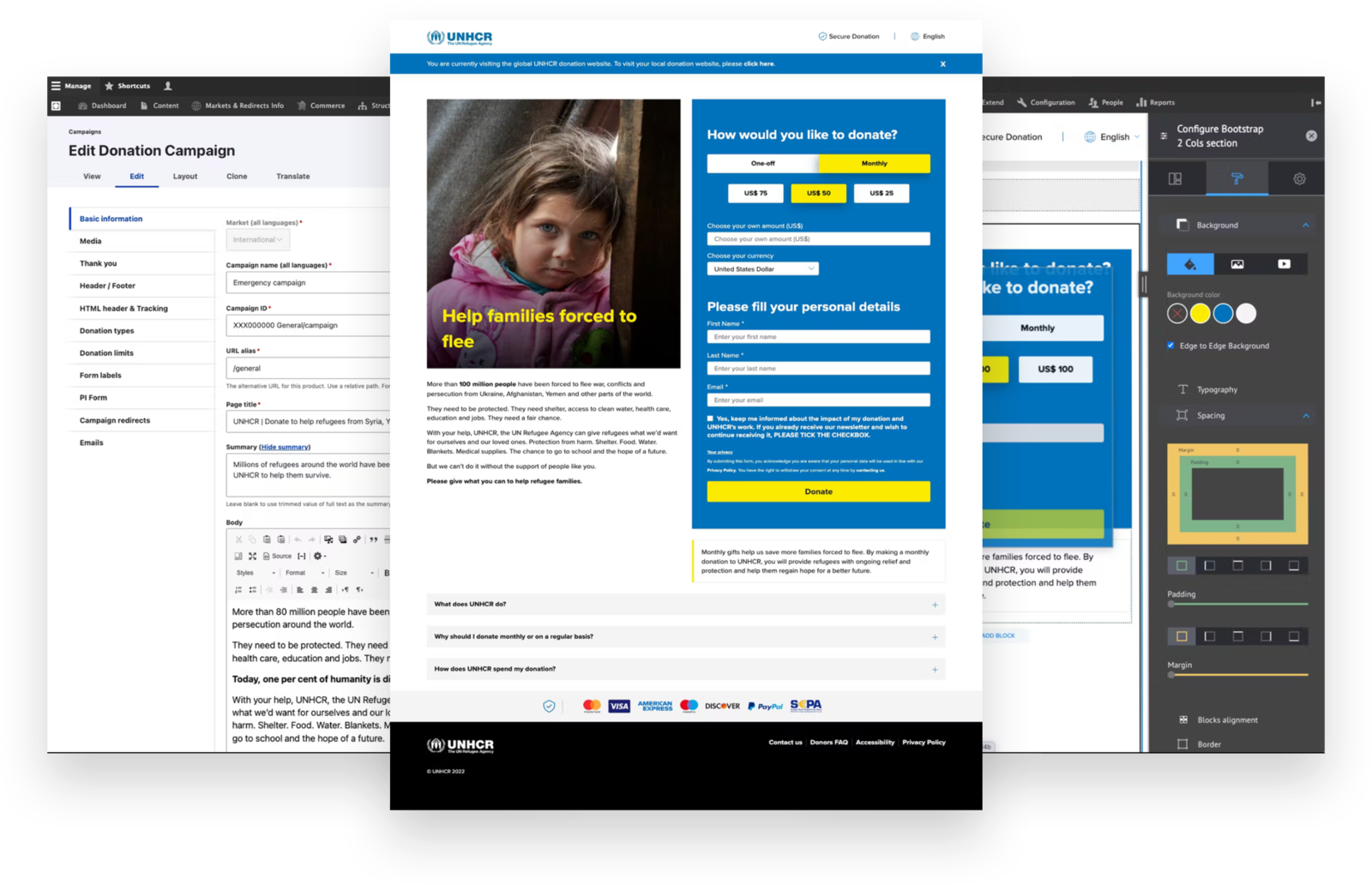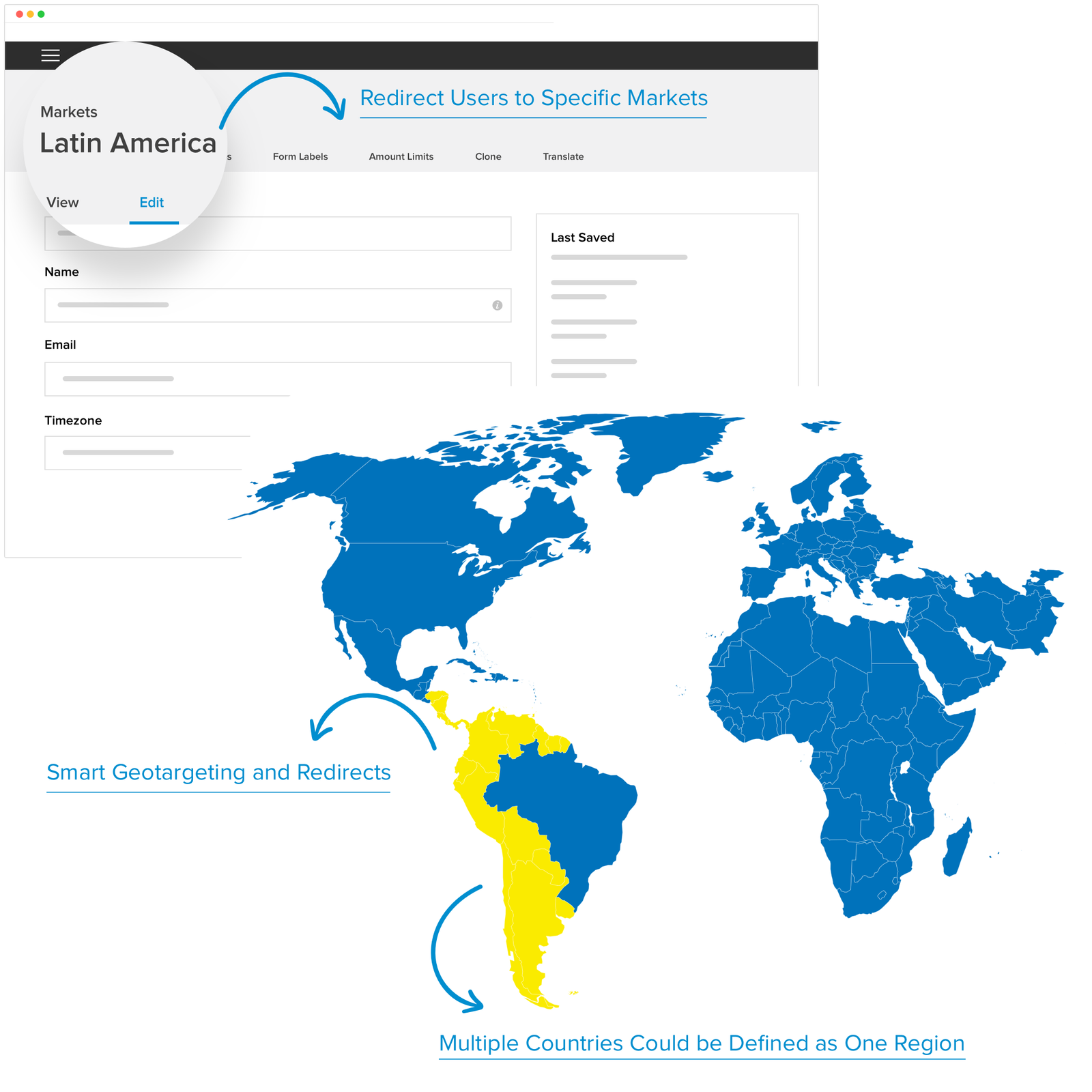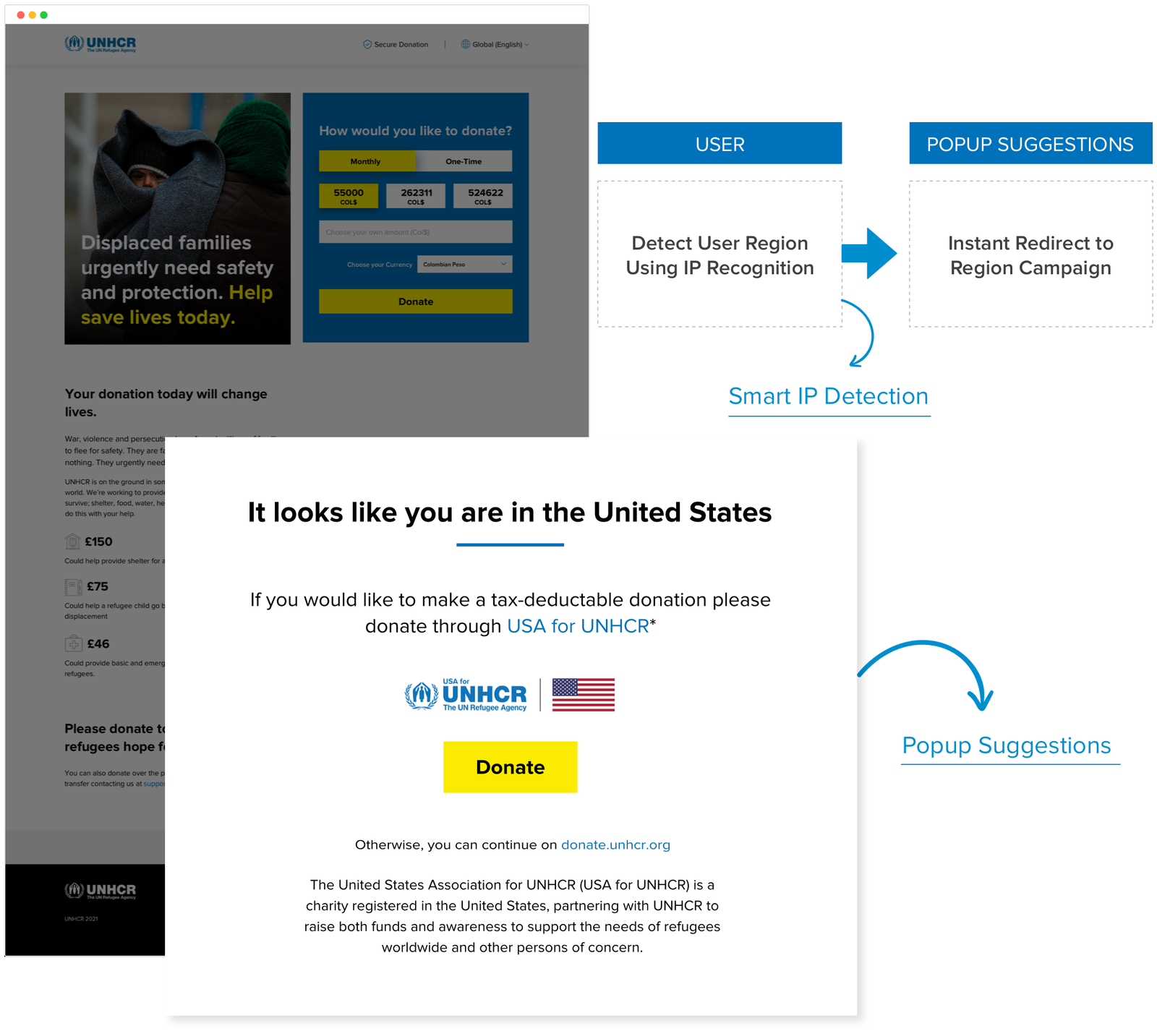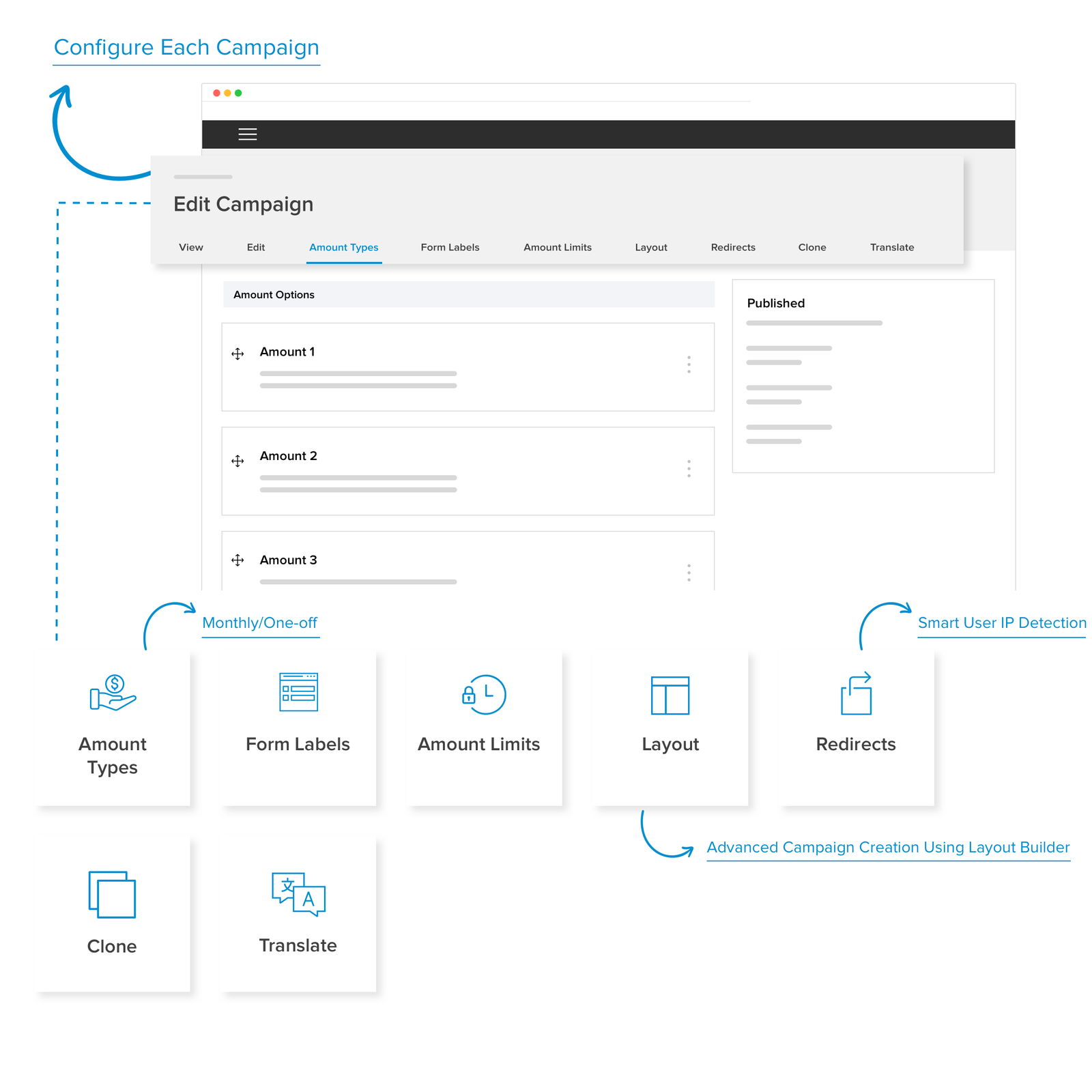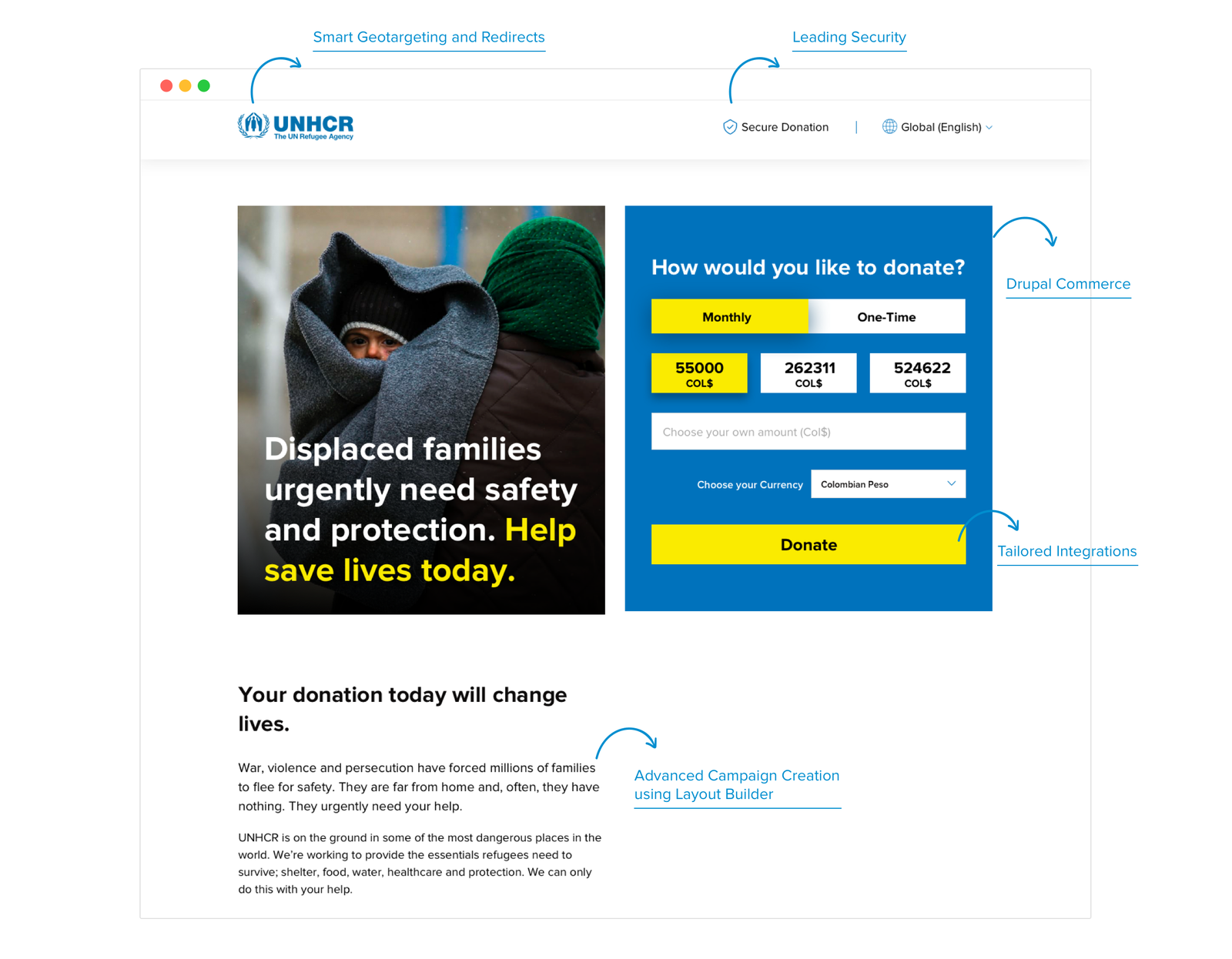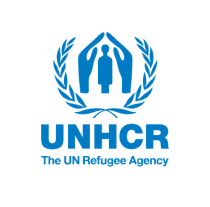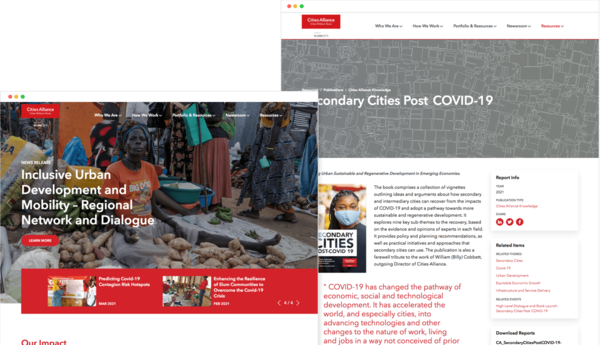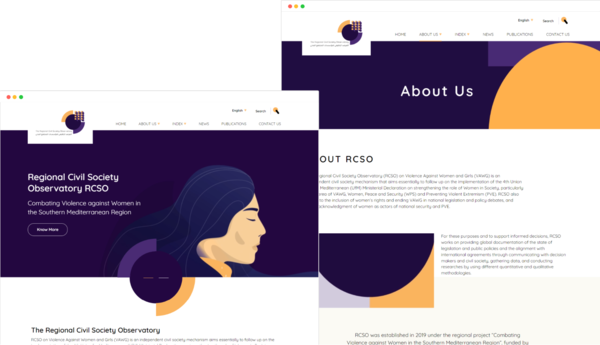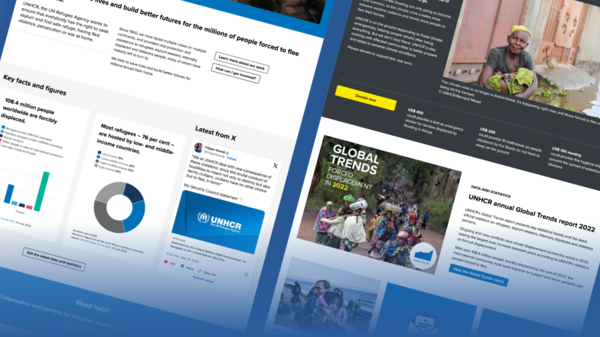Smart Geotargeting and Redirects
As a donation platform that targets multiple markets and countries, the UNHCR web platform has users visiting from all around the world. In addition, dozens of geo-regions were defined on the platform. UNHCR needed a way to manage what campaigns are displayed to which regions/countries and at different times.
This is where we implemented Geotargeting
When users visit a particular region, the platform should display that region’s language, currencies, campaigns, etc. To achieve this, Vardot built custom integration features for Geo regions and Geo retargeting, utilizing smart IP detection. Using a combination of forced redirect and popup suggestion redirects, the new web platform automatically served the correct region and campaign based on the user's location.


